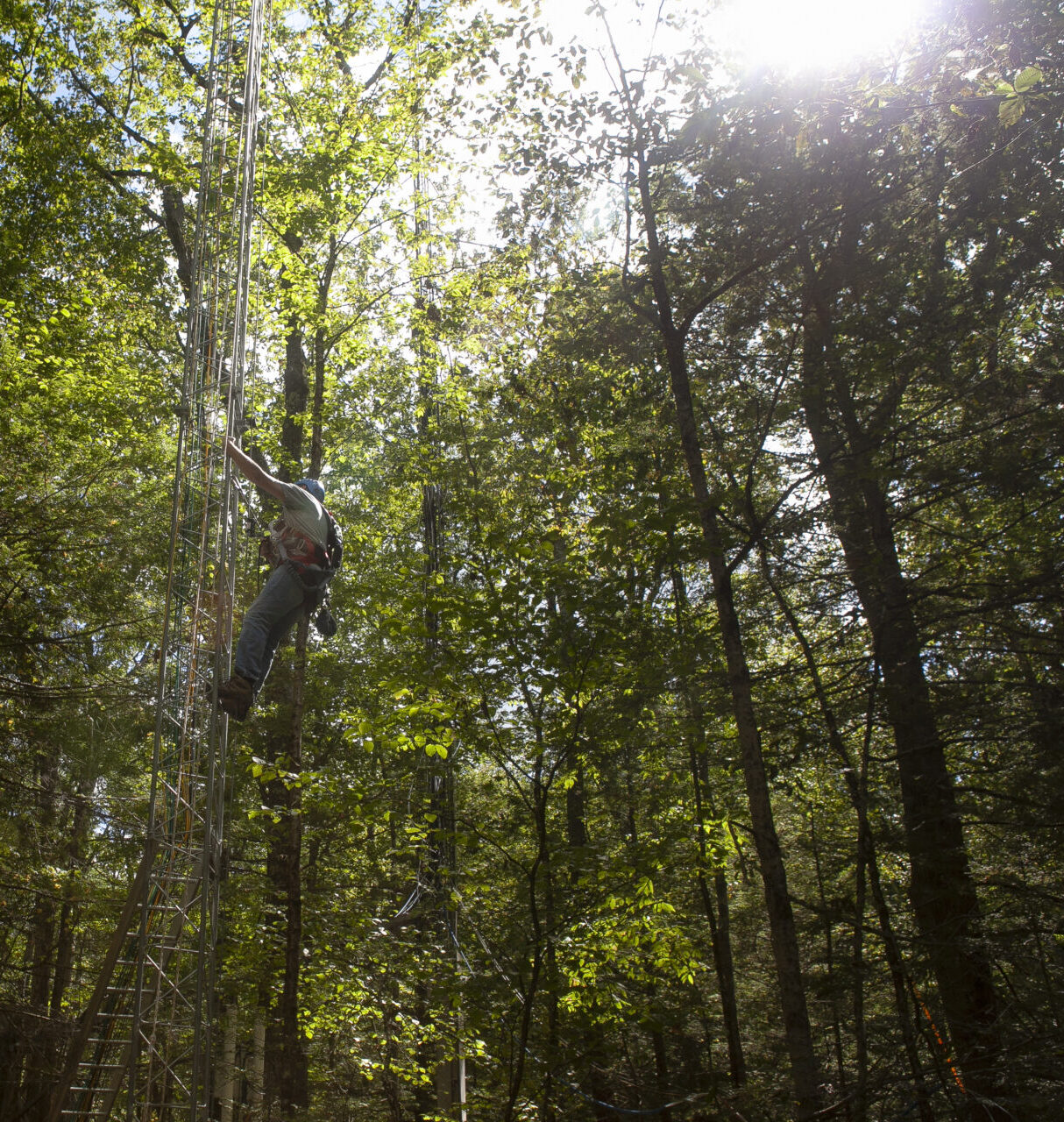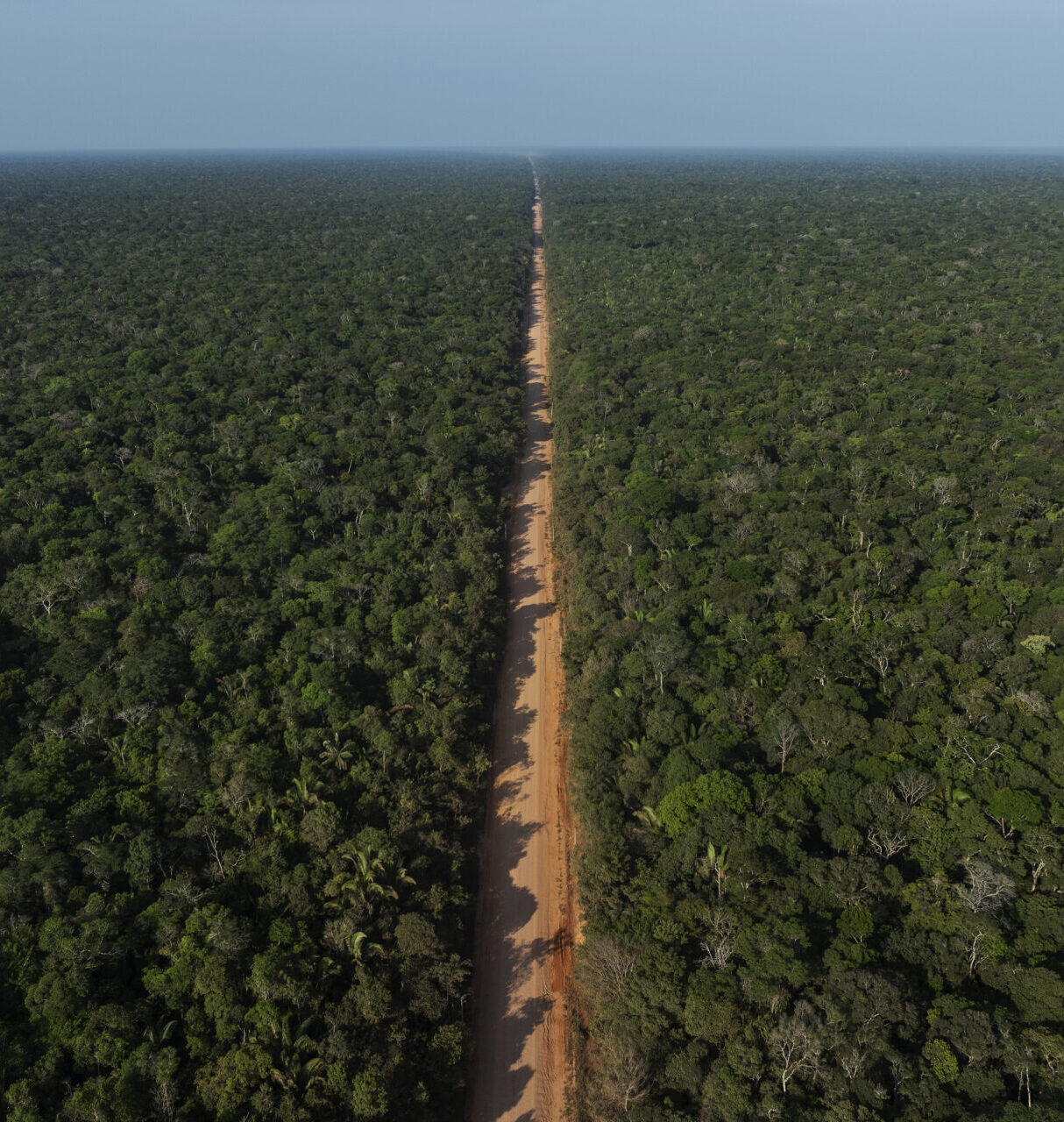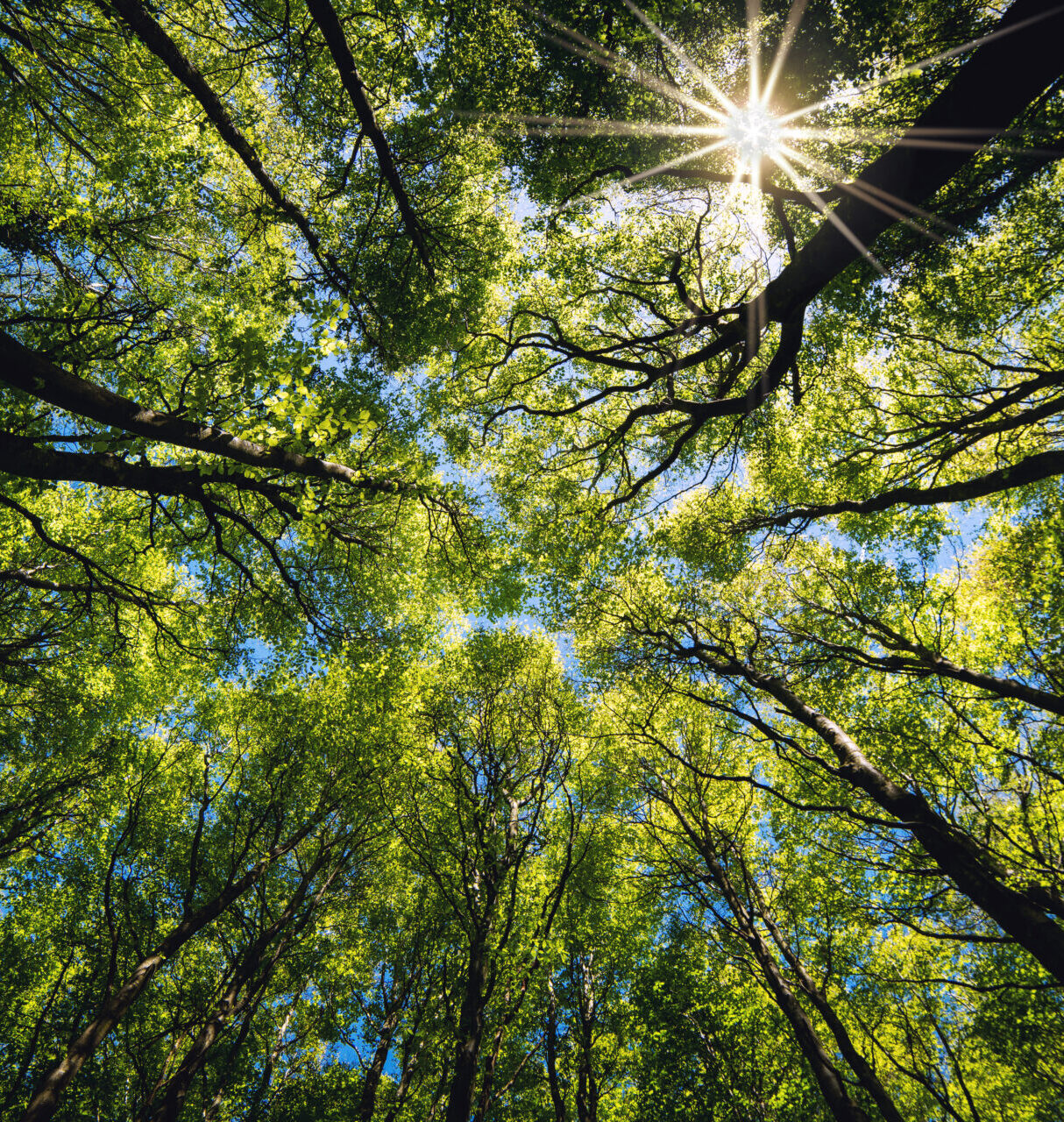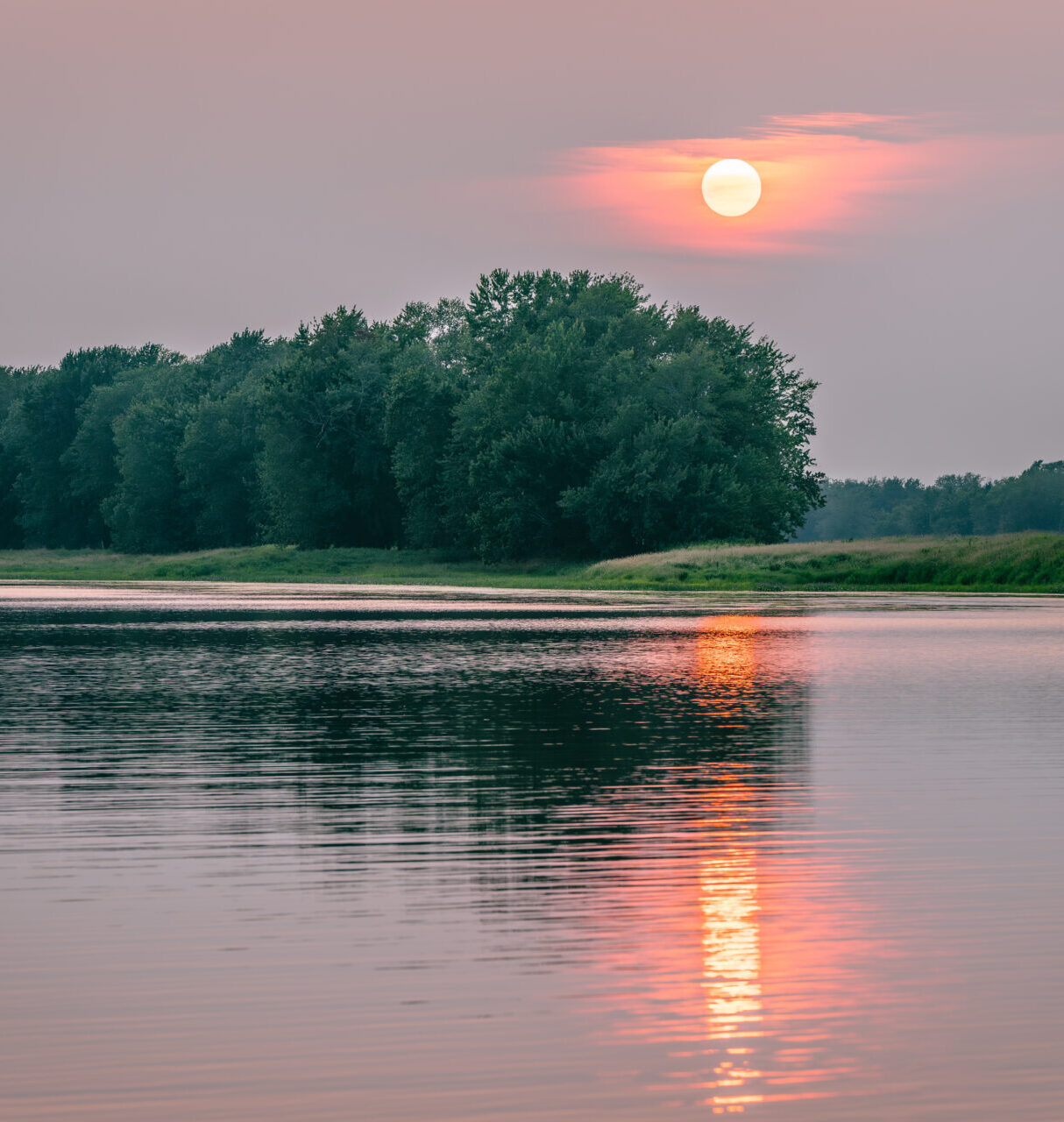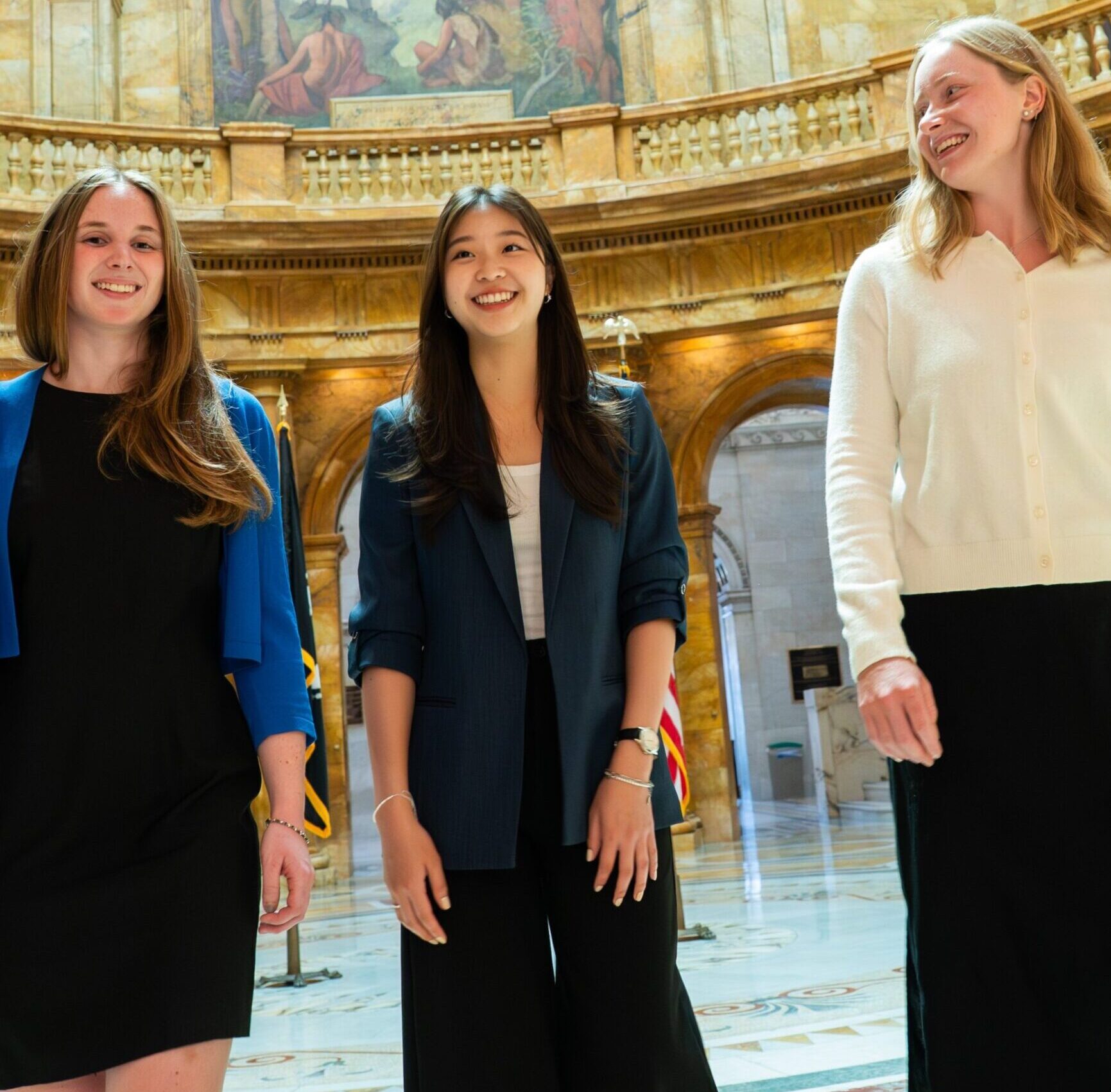Harvard hires eight new climate faculty – with more on the horizon
A wave of climate faculty hires – with more to come – is the latest development in Harvard’s rapidly expanding climate and sustainability initiative.
2024’s new climate faculty hires include: Aliya Korganbekova and John Mulliken at Harvard Business School; Jeannine Cavender-Bares in the Faculty of Arts and Sciences; Fiamma Straneo in the Faculty of Arts and Sciences and Harvard John A. Paulson School of Engineering and Applied Sciences; Zachary Schiffer and Le Xie at the Harvard John A. Paulson School of Engineering and Applied Sciences; Wolfram Schlenker at Harvard Kennedy School; and Elisa Iturbe at Harvard Graduate School of Design. Their work spans the disciplines, ranging from biodiversity to the global food system to glaciology and beyond.
The hires come as the Salata Institute continues to work with all Harvard Schools to expand climate research, teaching, and connect that work to the wider world. Searches to fill other new positions across Harvard are ongoing.
Here we feature several new faculty who are deepening the university’s climate contributions. A common theme is their emphasis on resilience and adaptation.
The plant biologist
Jeannine Cavender-Bares studies how plants change along with the climate – which species survive, which do not, and why.
“The climate is changing at an extraordinary rate. It is very unlikely that ecosystems and the organisms in them will be able to adjust and adapt as rapidly,” said Cavender-Bares, Professor of Organismic and Evolutionary Biology in the Faculty of Arts and Sciences. “Monitoring biodiversity is essential for deciphering where change is happening, the kinds of changes that are unfolding, and whether actions we are taking for planetary stewardship are having the kinds of impacts we are aiming for.”
By harnessing the sun’s energy to produce food for everything else, plants are the productive basis of life on Earth and a natural launching point for investigations into biodiversity. Using physiological measurements and modeling, Cavender-Bares and her research group look at forests – both up close and from afar. Her team uses electromagnetic spectroscopy to view different wavelengths of light reflected from plants at the scale of leaves measured with handheld instruments to whole landscapes examined by satellite.
The up-close data can become part of “extended specimens” and have the potential to unveil new understanding of chemistry and functions of the world’s plants. In contrast, spectroscopy from satellites can be used to detect drought stress, characterize the spread of tree diseases, evaluate changes in landcover, and monitor changes in biodiversity across vast landscapes around the world.
Baseline knowledge is critical. So it is fitting that Cavender-Bares is also Director of the Harvard University Herbaria, which houses more than 5 million specimens of plants, fungi, algae, and lichens dating back to the early 1800s. “These collections and the meticulous records that accompany them anchor our biodiversity knowledge globally and represent hundreds of years of accumulated knowledge about the nature of life and its variation on our planet,” she said.
Among her goals is to unify the biodiversity data at Harvard, bringing the HUH plant and fungal databases together with other collections to enhance the accumulated knowledge that Harvard provides to the world: “Researchers around the world depend on the data from the records stored here. By connecting the vast biodiversity data we have and adding new kinds of information, we will advance biodiversity research and knowledge globally at this time of pressing need.”
The agricultural economist
Back when Wolfram Schlenker, Ray A. Goldberg Professor of the Global Food System at Harvard Kennedy School, was a graduate student, economists and agronomists debated whether climate change would benefit American farmers in the aggregate: Namely, would warmer temperatures and increased carbon dioxide in the atmosphere, because it feeds plants, bring about greater yields of critical food staples such as corn and soybeans?
Schlenker has shown how extreme weather events, especially heat waves, have an outsize influence on those yields: the critical threshold for corn is 84 degrees Fahrenheit.
“How much and for how long temperatures exceed 84 degrees Fahrenheit explains more than half of the annual variability in corn yields in the United States. You want to be as close as possible to 84 degrees, but not above – that’s when yields start suddenly to drop very much,” he said. “With climate change, we’re pushing more and more often into this upper temperature range. That has huge implications for yields and, given that the U.S. market share in these commodities is above 40%, global commodity prices.”
“U.S. weather volatility leads to global price volatility, which can have huge effects on poor people, especially in developing countries,” added Schlenker, who will teach a new course in the spring – Food Policy – examining how the global food system can meet the needs of a growing population with higher caloric demands.
His findings on the impact of extreme heat have been replicated in other sectors, including human mortality, energy consumption, schooling outcomes, and worker productivity. They also helped the U.S. Environmental Protection Agency (EPA) recently update the social cost of carbon – the damage, expressed in dollars, caused by emitting an additional ton of carbon.
The glaciologist
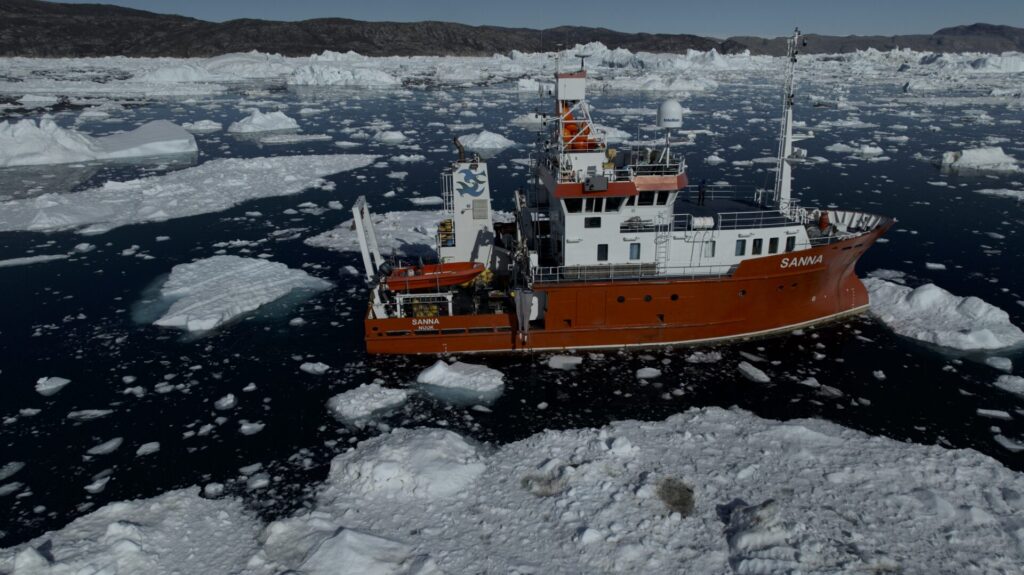
A research vessel carrying Fiamma Straneo during recent work in west Greenland. Credit: Aurora Roth and Robert Sanchez (SIO-UCSD)
Though the way global warming causes the melting of polar ice caps is well-known, less understood is how adjacent marine ecosystems and ocean currents are affected by the infusion of cold fresh water pouring off these glaciers into the sea.
With physical, biological and chemical measurements, Fiamma Straneo, the Gordon McKay Professor of Environmental Science and Engineering, seeks to improve our understanding of how heat, water and sediments are exchanged between the oceans and ice sheets, and how these vary over time. This, she wrote in August by email while aboard a research vessel in west Greenland, “is key to our ability to interpret past and project future sea level and ocean circulation changes in the North Atlantic as well as inform adaptive strategies and resilience-building for local communities.”
It is difficult work executed with an array of tools: icebreakers, helicopters, underwater drones: “Even in summer, the large icebergs breaking off glaciers pose a hazard to people and instrumentation.”
Yet the sublime beauty and complexity of the polar ecosystem keeps Straneo returning year after year: “The towering icebergs, the drifting sea ice, and the people and animals who have developed strategies to thrive in this challenging environment. At first it looks like not much is happening but under the surface is a richness of dynamics, interactions which amaze me still.”

